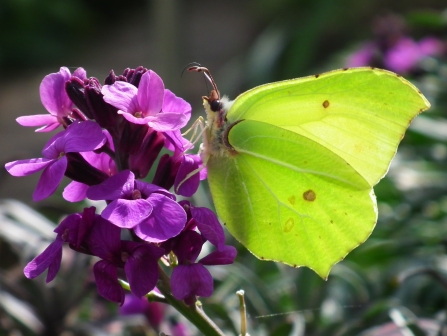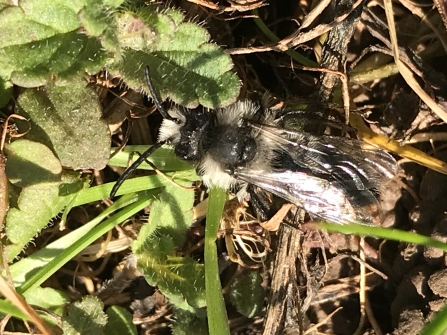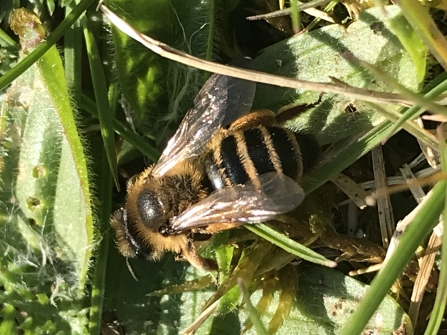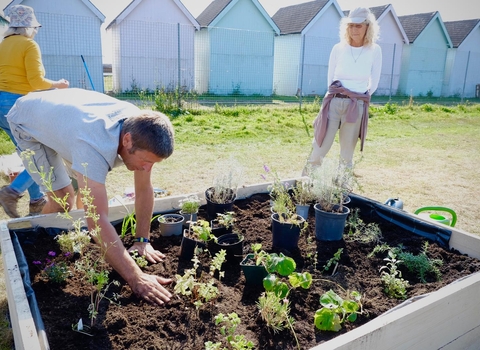So far since being confined to home, we’ve had amazing weather and I’ve spent a fair bit of time watching wildlife in my garden.
The birds are certainly nesting, both in the nest boxes and in the hedge. I’ve watched blue tits and robins gathering nest material.
We have quite a bit of heather in our garden that we inherited on moving in here and it seems to be in flower for several months each year. At the moment it’s absolutely alive with the sound of bees. I’ve seen bumble bees, honey bees, solitary bees, peacock and small tortoiseshell butterflies all feeding from it.





